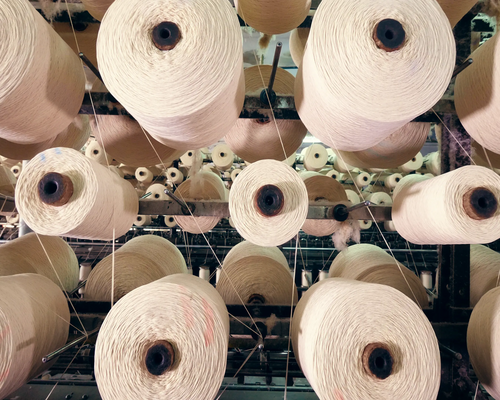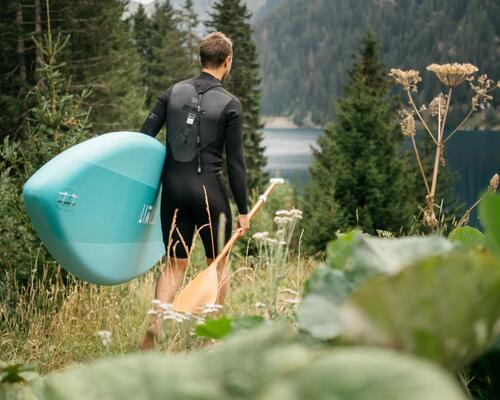We start with a reminder: production = impact
To get off to a good start, let's remember the obvious, which is not very pleasing: production pollutes. And this is true on any scale, for any product. Of course, not all production has the same impact. Making a car, a tomato or a book will generate different degrees and types of "negative externalities" (the term used by specialists). But broadly speaking, when you make a consumer good, there is no such thing as zero impact. The textile sector is well placed to know this. According to estimates, it emits 1.7 billion tonnes of CO2 per year, and, depending on the estimates, between 4 and 8% of global greenhouse gas emissions, the famous "GHG". It must be said that more than 100 billion items of clothing are sold each year worldwide. Production doubled between 2000 and 2014!
Of all the phases in the life cycle of a garment, it is the extraction of raw materials and manufacturing that emit the most greenhouse gases. For manufacturing in particular, the main source is the energy consumed by the machines. Indeed, few production lines are powered by 100% renewable energy. As a result, coal, gas or oil is still often needed to run all these machines. In fact, according to the results of two major studies on this subject (McKinsey and Quantis).), textile machines account for almost 69% of the sector's total CO2 emissions.
So much for the scale of the challenge...




